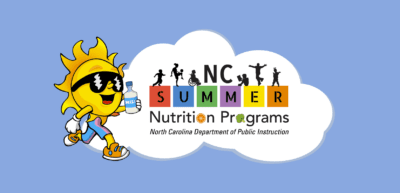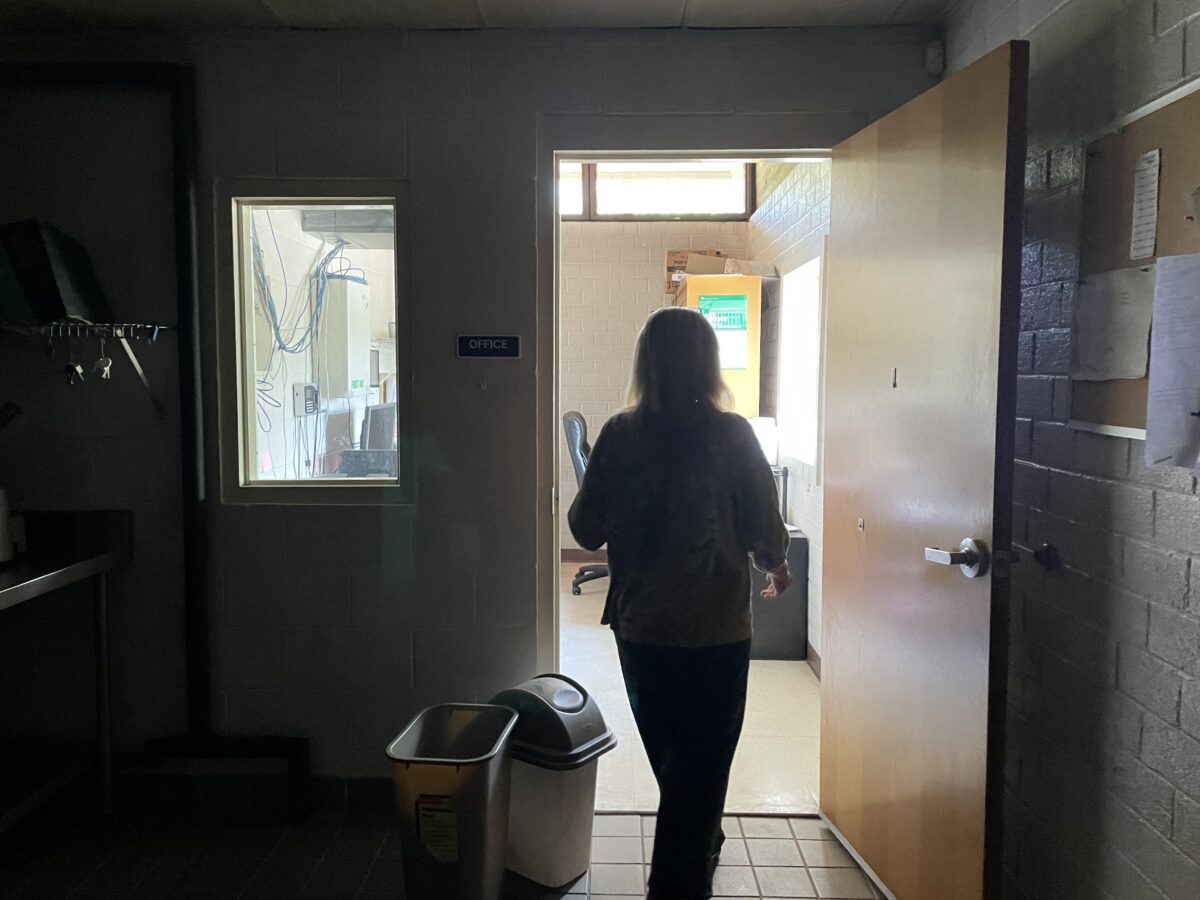

|
|
There are 1,100 students enrolled in Graham County Schools. Thanks to a pilot program through the U.S. Department of Agriculture (USDA), all of those students will receive free school meals starting in the 2023-24 school year.
The USDA’s Food and Nutrition Service approved 12 new states to participate in the Direct Certification with Medicaid Demonstration Project for the 2023-24 school year. North Carolina is one of those states.
The data associated with Medicaid caused Graham County School district’s identified student percentage (ISP) to jump from 43% to 66% across all three schools in the county. Identified students are students who qualify for free meals without a household application. This additional data from Medicaid allowed for the automatic enrollment of lower income, and potentially hungry, students.
A school’s ISP is also what determines their ability to enroll in the Certified Eligibility Provision (CEP). The purpose of CEP is to provide meals “at no cost” to students in high poverty areas. It allows schools and districts to offer free school meals to all students if a certain percentage of the student body qualifies for free-and-reduced lunch.
“We’ve got a lot of people living below the poverty level, and then we have a lot of families that just barely made that cut off,” said Denise Moody, director of nutrition for Graham County Schools.
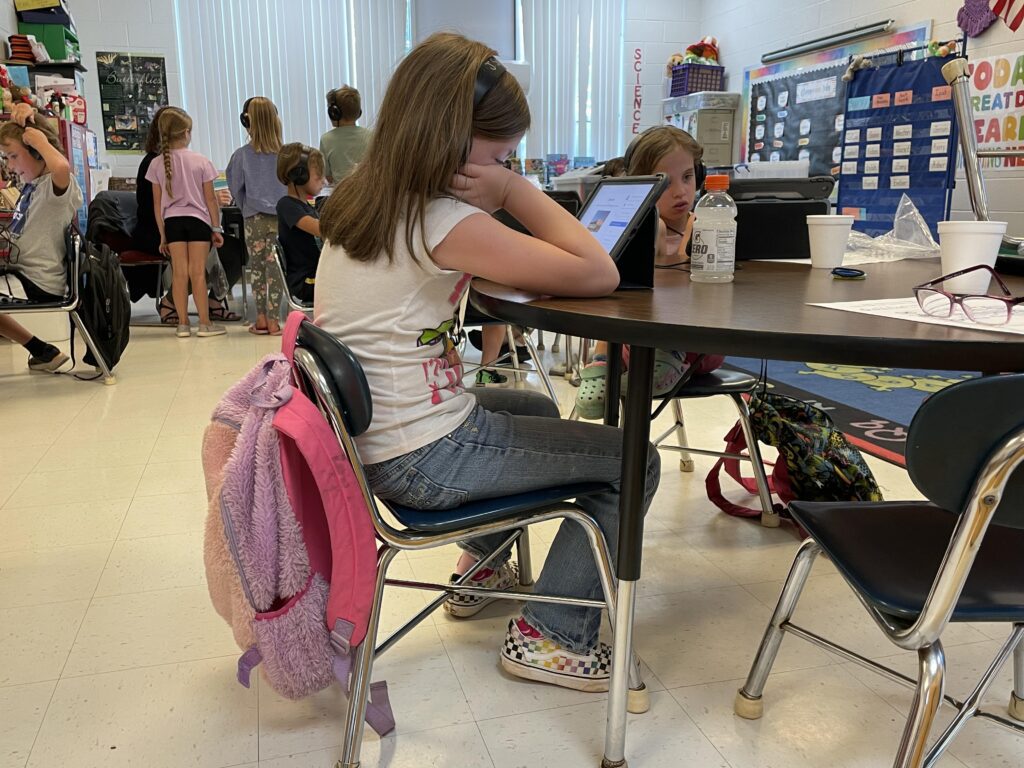

Moody has been with the school system for 12 years. She started out as a teacher, both in first and third grade. Her degree is in nutrition, so when the previous nutrition director retired, she was a natural choice for the role.
Out of the 1,100 students in Graham county, 310 belong to families that receive Supplemental Nutrition Assistance Program (SNAP) benefits. An additional 300 students are in families that qualify for Medicaid.
“Before, we were only able to count our food stamp kids and homeless or runaway and foster kids, so we didn’t have that data,” said Moody.
Even though Graham County Schools previously had an ISP of 43%, which made them eligible for CEP, it wouldn’t have been financially worth it.
CEP works by reimbursing schools and districts. According to the CEP agreement with the federal government, the school system has to pick up any cost for the nutrition department that is above and beyond whatever reimbursement they receive from CEP.
If Graham had enrolled in CEP last year, Moody said, they would have received a $4.43 reimbursement per meal for the majority of the children but $0.87 cents for the remaining children that ate meals.
The Child Nutrition Department at Graham County Schools is a self-sustaining budget. The magic number for the 100% free reimbursement rate is 63% for Graham County Schools, which they were finally able to reach because of Medicaid data. Last year was the first year the school was able to use that data, because of the pilot program through USDA. With a 63% ISP, the meals will be fully covered because they are able to reach that higher rate of reimbursement.
Paying down debt
During the first two years of the COVID-19 pandemic, all public school students were able to eat school meals for free, regardless of income. That flexibility ended during the last school year, although North Carolina’s legislature extended a provision allowing students who qualify for reduced lunch to receive free lunch.
“When everybody was eating for free, more kids did eat,” said Moody. “During those two years, during the pandemic, we had more participation.”
The more students that eat free meals, the more money Moody receives in the form of reimbursement. According to her calculations, if participation is as high as she is hoping for this upcoming school year, she could get $200,000 back. Not only does that help provide meals to students, but it also allows the department to cover rising costs of food due to inflation.
“You used to be able to get a case of fruit cocktail for $26. Now it’s like $66. Some of this stuff has doubled in price,” said Moody.
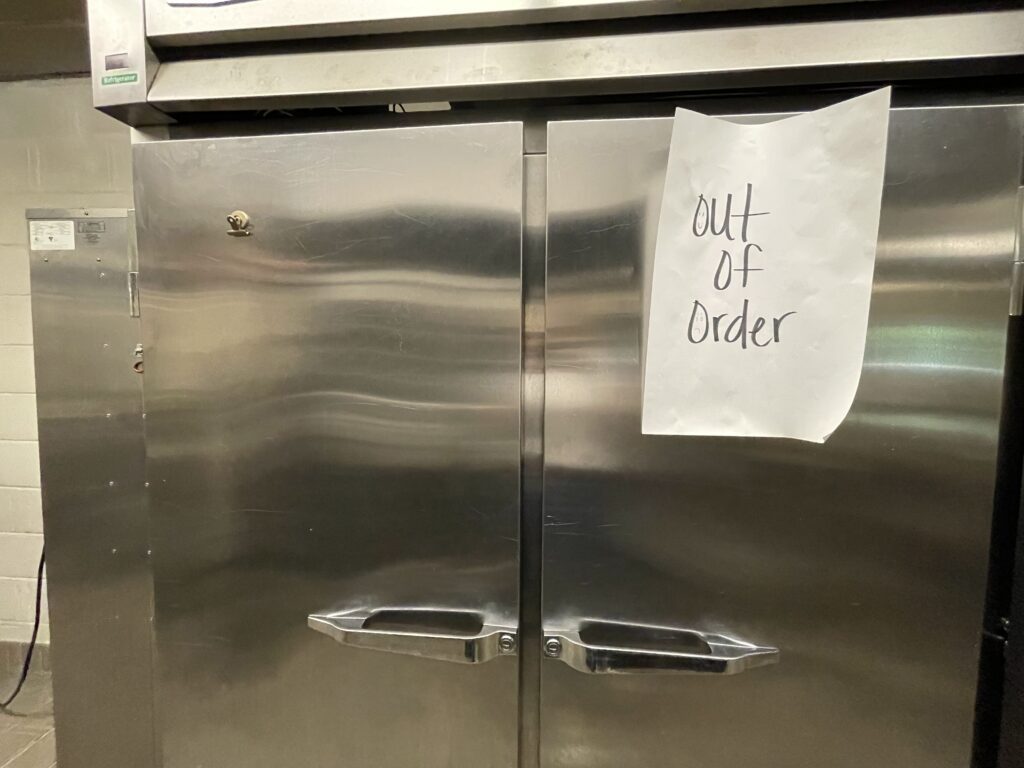

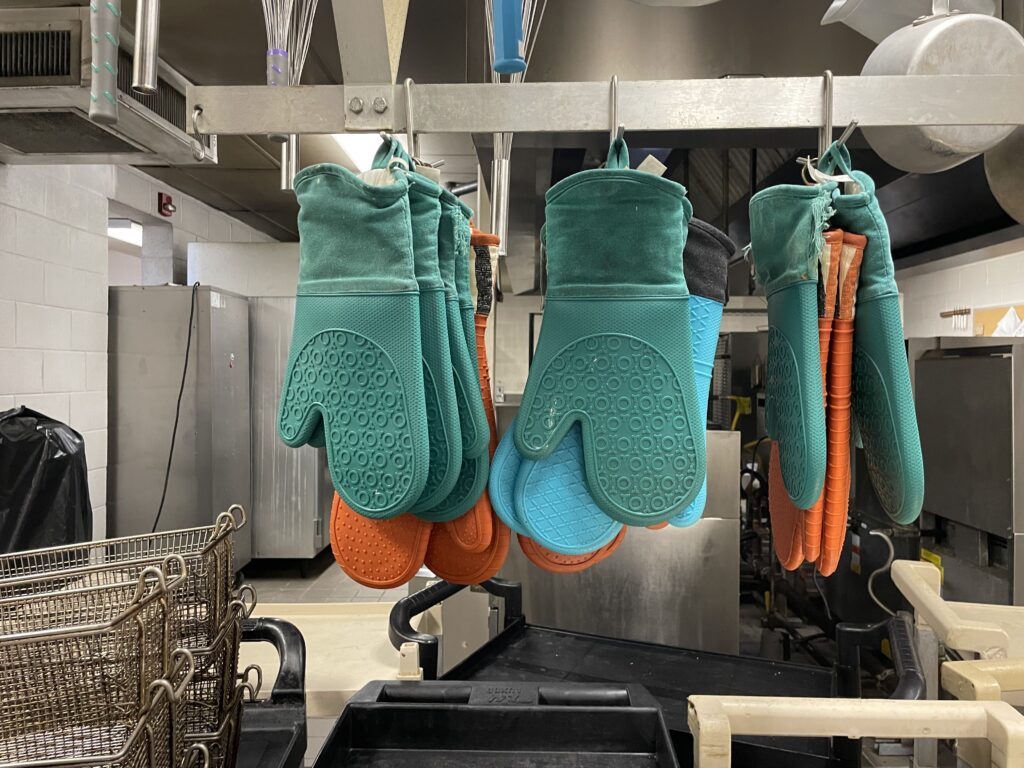

In the future, Moody hopes she can purchase some new equipment for her kitchens.
“I have a steamer that needs to be replaced. I have a refrigerator that needs to be replaced. We have some equipment that is 20 years old,” said Moody.
The new steamer costs $46,000. A new industrial fridge would cost about $5,000. In addition to kitchen equipment, the schools could use some new dining tables and chairs, she said.
Other food programs
In addition to the free meals, there are other resources available for families in the district that are experiencing food insecurity. The MANNA FoodBank, based out of Asheville, delivers 50 food boxes to the district’s central office every two weeks. These boxes include shelf-stable items and items that students can make themselves, like microwavable mac and cheese. Sometimes the boxes will also include fresh produce, like apples or oranges.
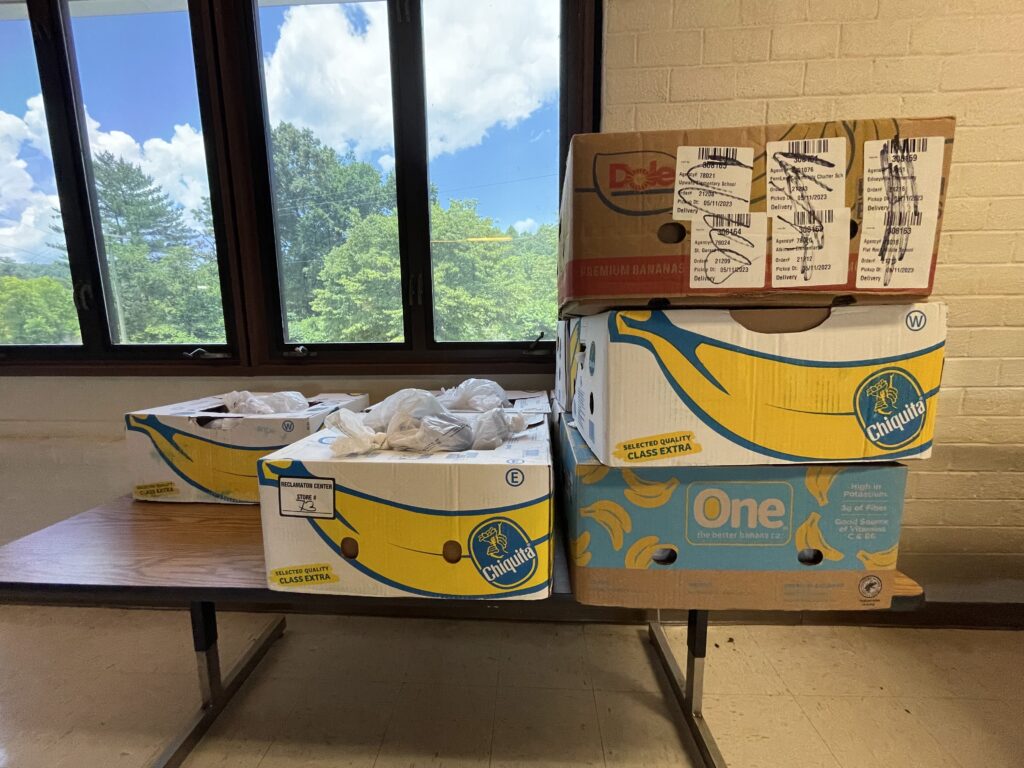

Parents can sign up to receive boxes at the office or contact Denise Moody directly. There is also a soup kitchen in Robbinsville that MANNA supplies. They hand out bags of food on Wednesday nights. Families can drive up and pick up the bags.
While families wait for school to resume this fall, students can eat free breakfast and lunch at Robbinsville High School. The summer feeding program began on June 12 and will continue through July 31. Breakfast is served from 7:30 to 8:30 a.m. Monday through Friday. Lunch is served from 11:00 a.m. to 12:00 p.m. Monday through Friday.
Any child 18 and under is welcome.
Correction: An earlier version of this article stated that the free lunch Graham County Schools will provide in the 2023-24 school year was due to data available because of Medicaid expansion. It has been updated to reflect that these free meals are due to Medicaid data from the USDA’s Direct Certification with Medicaid Demonstration Project.




